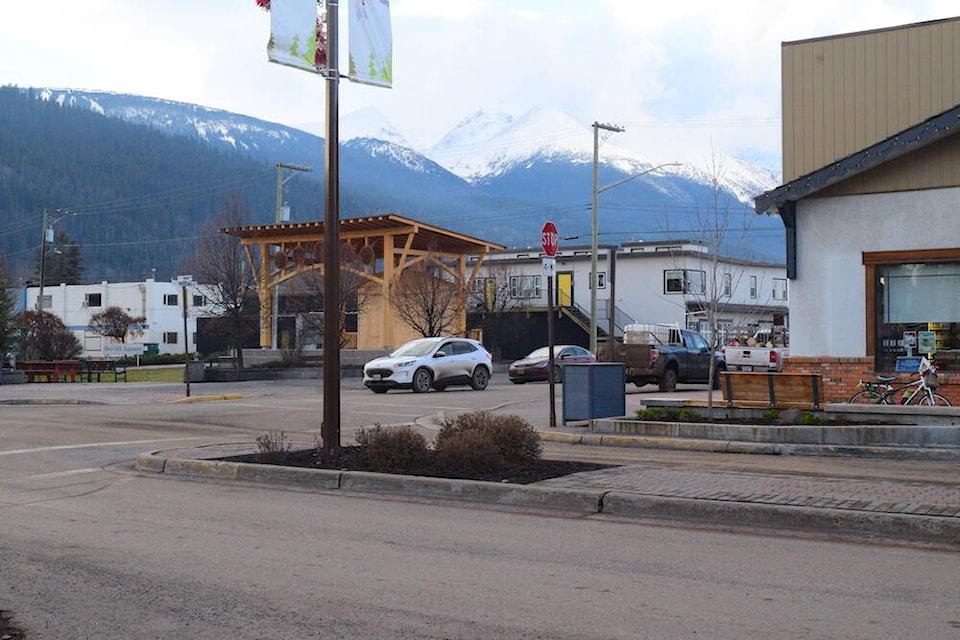December is fast approaching, Christmas lights are twinkling on Main St., and Santa is making his rounds at the many community events happening this holiday season.
But Smithereens are missing one thing: snow!
“We don’t have our final climate statistics for the month yet,” explained Environment and Climate Change Canada meteorologist Alyssa Charboneau. “[But] we are trending towards a warmer than normal month for the month of November.”
Environment and Climate Change Canada observed snow at 52 per cent of what is typical in Smithers for this time of year. Depending on the amount of precipitation for the remainder of November, this could be Smithers’ third driest fall on record.
“This is actually a continuation of those dry conditions that we saw through this summer into early fall and now that’s continuing into winter,” explained Charboneau. “And so there’s a lot of other implications, we’re not getting the snowfall that we expect this time of year.”
Hudson Bay Mountain announced they are postponing their regular scheduled opening, due to lack of snow on the mountain, leaving skiers, and winter enthusiasts wondering what the remainder of the ski season will be like.
“It’s a slow, very slow, start to those alpine snowpacks,” said Charboneau. “We’ve seen that not just in the Smithers area, but other places in the province as well, overall, it’s just been drier.”
The weather pattern is expected to shift over the next week. Temperatures are expected to dip below freezing on Thursday, accompanied by snowy conditions.
However, less snow overall can be expected for the 2023/2024 ski season.
“I don’t have a lot of good news,” said Charboneau. “Our long-range forecast is still indicating warmer-than-normal conditions are probably going to continue.”
El Niño, a warming climate pattern, will start sometime in January and persist into the early spring.
“El Niño conditions refer to temperatures across the equatorial Pacific that are warmer than normal,” explained Charboneau. “They tend to affect our weather here in British Columbia.”
As of right now, Environment and Climate Change Canada does not have enough data to affirm whether or not these weather patterns are related to climate change.
Read More: The ultimate Christmas shopping guide
Read More: Cross-Country Ski Club receives $765K for rejuvenation project
